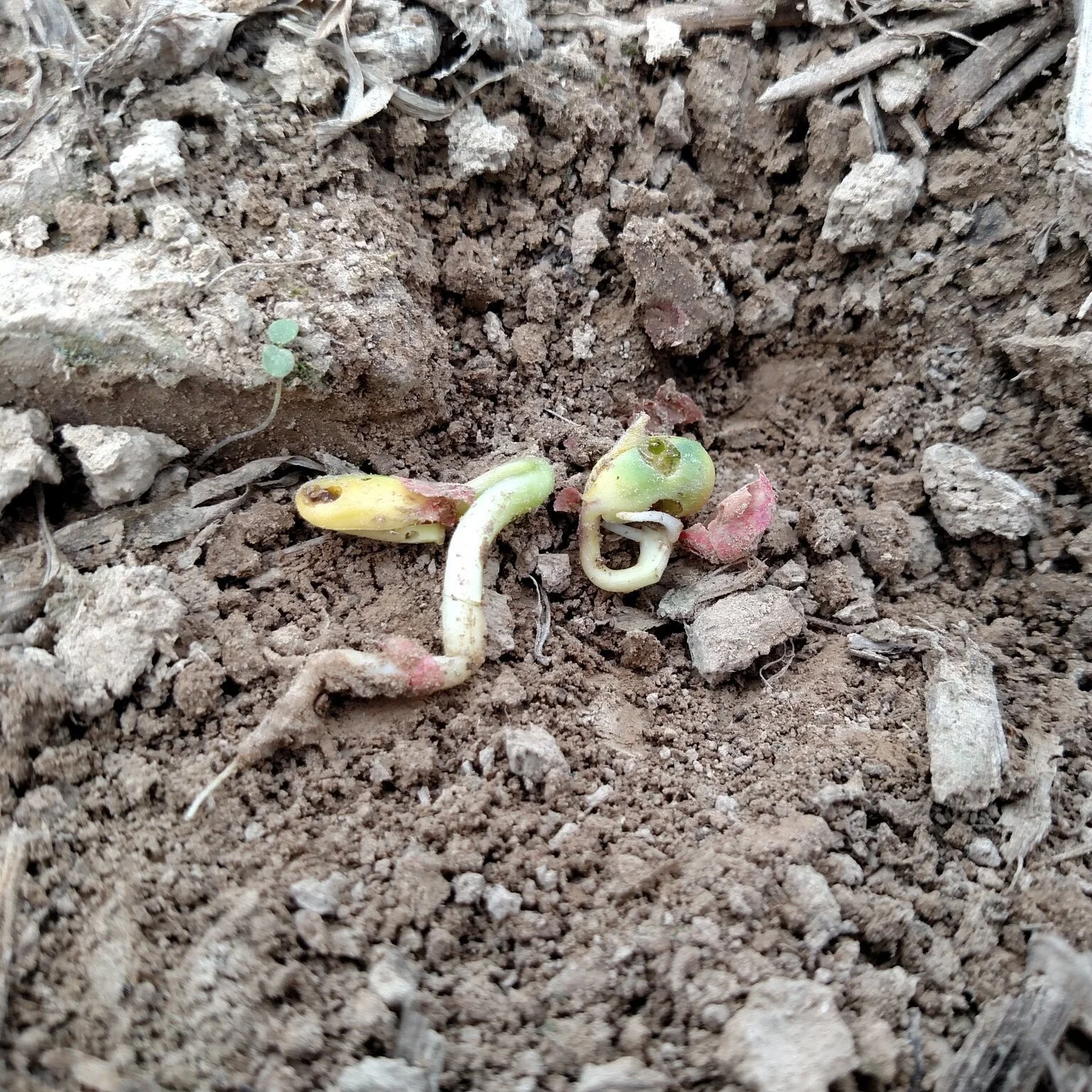Farmers in southern states are starting to plant their crops. Texas farmers have about a quarter of their 2021 corn crop planted while farmers in Louisiana have 14% of their corn in—both states showing about average progress. There are also reports that some of the spring wheat crop is being planted in North Dakota.
Read MoreChina, the biggest corn consumer after the U.S., is still short of the feed grain, and more overseas purchases are likely.
Asia’s top economy has to nourish the world’s largest hog herds and supply a growing local refining industry, which produces everything from sweeteners to starches and alcohol. The increased demand this year and in future years comes as the country grapples with limited amounts of productive farmland.
Read Morehttps://www.farmprogress.com/corn/6-common-yield-limiting-factors-corn
Read MoreAll graders working at grain elevators in Louisiana will be tested and certified for the 2021 harvest season following an announcement from the Louisiana Department of Agriculture and Forestry (LDAF).
Those graders will be trained, tested and certified by LDAF to uphold the standards set through the U.S. Grain Standards Act. The goal is to provide consistent and professional grain inspection and weighing services for producers, handlers processors, exporters, importers and end-users.
Read MoreThe National Corn Growers Association named Donald Schexnayder of Port Allen third in the state in the National Corn Yield Contest with more than 233 bushels produced per acre.
Read MoreCover crops can provide producers a variety of benefits including nutrient cycling , soil cover, nitrogen fixation and pollinator food sources. These cover crops come in many types, including grasses, legumes (mostly clovers) and brassicas (generally tillage radish and rapeseed). However, cover crops represent a “green bridge” throughout the fall and early spring that may facilitate the movement of insect pests and plant pathogens into above- and below-ground plant structures. Furthermore, cover crops may increase soil moisture and lower soil temperature compared with tilled fields at planting, resulting in more favorable conditions for seedling disease development.
Read MoreMarch 15 is the deadline to enroll in the Price Loss Coverage (PLC) or Agriculture Risk Coverage (ARC) programs for 2021. Program enrollment, which farmers can do on a commodity-by-commodity basis, is required to participate in the programs this year. ARC and PLC are Title I commodity safety net programs established in the 2018 farm bill. For the 2021/22 crop year, farmers can change their coverage options from what they selected in 2019 for each of the commodities and base acres enrolled.
Read MoreThe U.S. Department of Agriculture (USDA) is extending the deadline from March 5 to April 9 for agricultural producers to apply for the Quality Loss Adjustment (QLA) Program because of recent winter storms and some clarifications to program rules. This program assists producers who suffered crop quality losses due to qualifying 2018 and 2019 natural disasters.
Read MoreNitrogen is the most yield limiting nutrient for corn production. Corn requires nitrogen for amino acids, protein, and chlorophyll production. Chlorophyll is the key component for photosynthesis. Insufficient chlorophyll content results in reduced yield potential. A 200-bushel corn crop requires about 200 to 240 lb nitrogen per acre i.e. roughly 1 to 1.2 lb nitrogen per bushel corn harvested.
Applying all the nitrogen at or before planting are prone to loss to the environment through volatilization, denitrification, and/or leaching. Volatilization loss is high in hot and humid climates such as Louisiana and alkaline soils if the fertilizer (especially urea) is not incorporated within a few days.
Read MoreWhat a difference a year makes. In 2020, the spring crop insurance prices for corn, soybeans and cotton were near the lowest levels of the last decade. Now, on the back of strong export demand from China and smaller-than-anticipated old-crop inventories, crop insurance prices have experienced the largest year-over-year increase in more than a decade, helping to boost insurance protection for farmers as they prepare for the planting season.
Read MoreThis report contains the results from the 2020 December Agricultural and County Agricultural Production surveys.
Read MoreAs the 2021 crop production season begins, the U.S. Department of Agriculture’s National Agricultural Statistics Service (NASS) will contact approximately 1,100 Louisiana producers to determine their plans for the upcoming growing season.
Read MoreAs the U.S. waits to see if record corn purchases from China will turn into record shipments, there may be an economic incentive to buy more U.S. corn.
American Farm Bureau Federation chief economist John Newton says the economics show China can buy U.S. corn at a discounted price compared to what buyers are seeing domestically.
Read MoreThe LSU AgCenter Northeast Research Station will host a soil health forum on March 17.
The forum is supported by the Patrick F. Taylor Foundation and National Resource Conservation Service. The Patrick F. Taylor Foundation awarded a grant to the LSU AgCenter to fund a four-year research project on reducing nutrient runoff from crop fields.
Read More2020 will be remembered by all, for a host of reasons. For those in the ag world, the Phase One Agreement between the United States and China will certainly be one of them. Signed on January 15, 2020, and in effect as of February 14, 2020, the agreement set lofty goals for U.S. agricultural exports to China. Now that all the data for calendar year 2020 is available, it’s time to see what went right and what did not.
Read More













